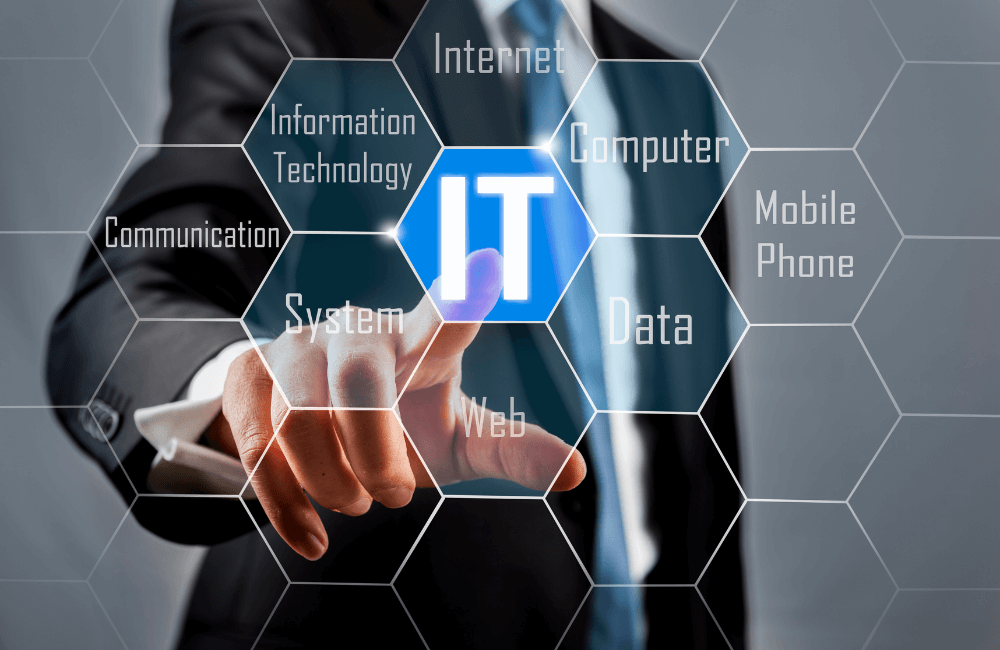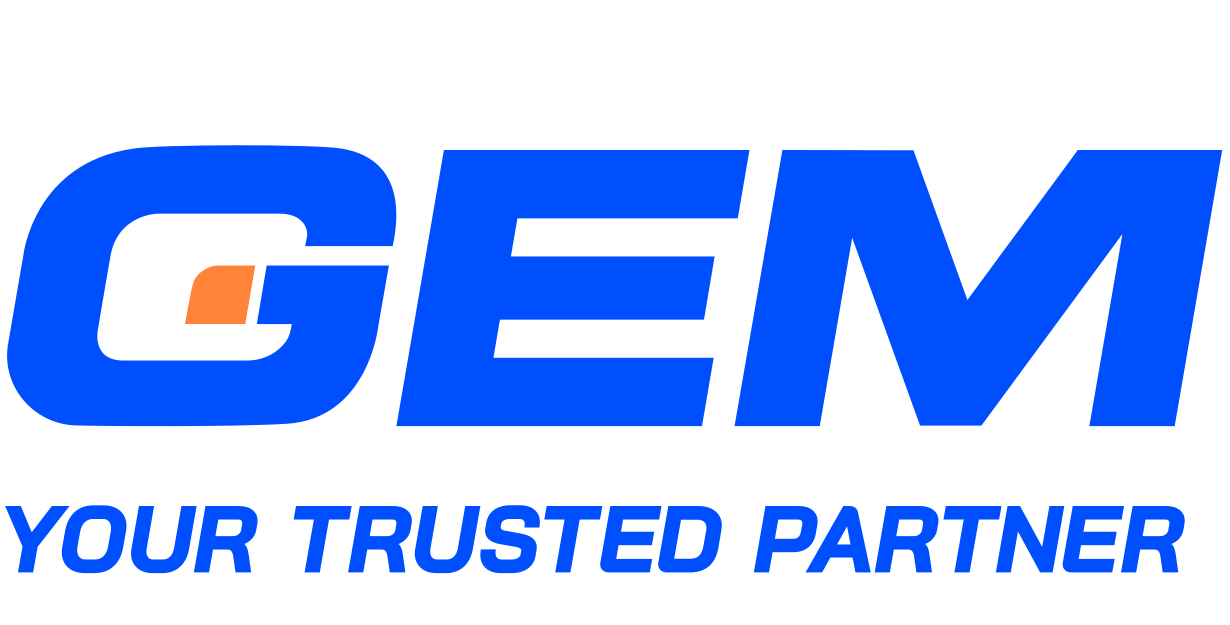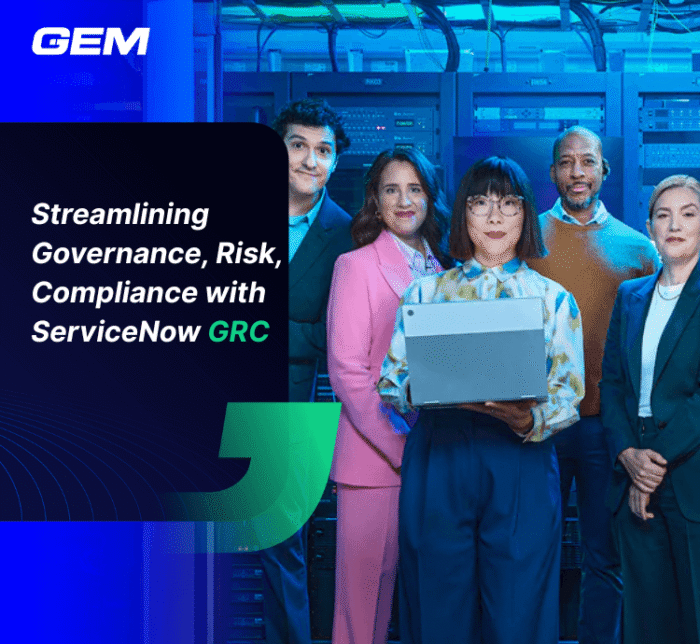Contents
Choosing the right IT outsourcing model can shape how fast your project moves and how well it delivers on expectations. With several approaches available, from location-based models to delivery structures and pricing formats, understanding your options is the first step to making an informed decision. This article breaks down the main types of IT outsourcing models, explains how they work, and looks at how each aligns with different project needs. We’ll also outline factors that influence outsourcing outcomes and offer a framework to help you navigate your selection process. Let’s start by looking at how these models are typically categorized.
What is IT Outsourcing?

IT outsourcing refers to the practice of contracting an external company or individual to take over specific information technology functions within an organization. These functions can include infrastructure management, software development, quality assurance, technical support, cybersecurity, and more. Rather than building or scaling every capability in-house, businesses turn to outsourcing to access skills that are not readily available internally, manage operational costs, or accelerate project timelines.
Depending on the scope and structure, outsourcing can support short-term initiatives or become part of a long-term IT strategy. It’s commonly used across industries, from startups seeking fast deployment to enterprises optimizing global operations.
Types of IT Outsourcing Models
IT outsourcing models can be structured across three key dimensions: location, engagement structure, and pricing format. Each model offers trade-offs in terms of control, speed, cost, and operational transparency. Understanding how these layers interact helps companies manage risk and align outsourcing decisions with technical goals and business timelines.
Location-based models
This dimension refers to the physical location of the outsourced team in relation to the client’s office. It affects communication cadence, cultural alignment, and time zone overlap.
Onshore outsourcing
This involves working with a provider located in the same country. The shared language, legal framework, and work culture often make collaboration easier. Onshore is typically used for projects involving high-touch interactions, sensitive data, or where regulatory compliance is strict.
Nearshore outsourcing
The vendor operates in a neighboring country with a similar time zone. This offers a compromise between cost and communication efficiency. It’s suited for companies that want to maintain closer coordination without the premium costs of onshore teams.
Offshore outsourcing
Work is handled by a provider in a distant country, often to access lower labor costs or specialized technical talent. While cost advantages are clear, it requires greater attention to project governance, delivery management, and cultural alignment.
On-site outsourcing
External professionals are deployed at the client’s physical location. This model is used when local presence is needed for security, collaboration, or integration with in-house teams. It’s common in enterprise IT operations or during transition phases in infrastructure projects.
Hybrid delivery
A combination of onshore (e.g., project leads), nearshore or offshore (e.g., development), and onsite (e.g., integration or support) resources. This model balances cost efficiency with control, and is frequently used in global delivery setups.
Relationship-based and engagement models
This dimension defines how work is structured and managed between the client and the service provider. It reflects the desired level of ownership, flexibility, and integration with internal teams.
Staff augmentation
The provider supplies individual professionals who join the client’s team temporarily. While the vendor handles recruitment and HR, the client manages day-to-day tasks. This model works well for filling short-term skill gaps or ramping up quickly without long hiring cycles.
Dedicated team model
A cross-functional team is allocated to the client, typically working full-time on the client’s project. Governance is shared and collaboration is continuous. This is often used for long-term initiatives requiring deep domain knowledge or iterative development cycles.
Project-based outsourcing
The client contracts an external vendor to deliver a complete solution. The vendor manages scope, delivery, and quality. This structure is best suited for well-defined projects where the client wants to minimize internal coordination and delegate execution.
Managed services
The provider takes full responsibility for a specific IT function, such as helpdesk, infrastructure monitoring, or cybersecurity, under a service-level agreement (SLA). The client focuses on performance oversight, while the provider handles operations and support.
Cloud computing outsourcing
Services are delivered through cloud platforms, typically under IaaS, PaaS, or SaaS models. This shifts infrastructure and application management to third-party platforms, and is often used for scaling operations or shifting from legacy systems.
Outcome-based model
Compensation is linked to predefined business results or KPIs, rather than hours worked or deliverables completed. This model is increasingly used in transformation projects, where the client expects measurable value, such as cost savings, uptime, or product adoption.
AI-as-a-Service (AIaaS)
External providers deliver AI capabilities – models, infrastructure, or operations, as a service. This structure is relevant for companies experimenting with machine learning, generative AI, or data science without building internal platforms or hiring full teams.
Pricing models
Pricing structures define how cost is calculated and aligned with project delivery. The model selected often reflects the predictability of scope, the need for flexibility, and the client’s appetite for risk-sharing.
Fixed price
The total project cost is defined upfront based on a clear scope and delivery timeline. This model provides budget certainty, but can be rigid if requirements evolve mid-project.
Time and materials
The client pays for actual time spent and resources used. This format supports flexibility and is suitable for exploratory or agile-driven workstreams where scope may shift over time.
Subscription-based
A recurring fee is paid for ongoing access to services such as maintenance, cloud operations, or software support. It aligns with predictable workloads and often comes with defined SLAs.
Outcome-based pricing
Payment is tied to performance outcomes, such as efficiency gains, service uptime, or adoption metrics. This model establishes shared accountability and aligns incentives between client and provider.
Hybrid pricing
A mix of base subscription and variable components, such as success fees or usage-based charges. Often used in SaaS, managed services, or transformation programs where both baseline operations and performance improvements are in scope.
Each outsourcing model has structural implications – on vendor selection, project control, cost visibility, and long-term scalability. In practice, companies often combine elements from multiple models to match evolving needs, especially in long-term partnerships or international deployments.
Why Companies Outsource IT: Strategic and Operational Gains
IT outsourcing is no longer viewed purely as a cost-cutting tactic. For many organizations, it plays a strategic role in supporting growth, innovation, and operational continuity. The following drivers explain why IT outsourcing remains a core component of modern enterprise strategy:
Access to specialized talent
Outsourcing gives companies access to a broader pool of technical expertise than what is often available in-house. This includes niche skills, such as AI engineering, cloud architecture, or cybersecurity, that are difficult and time-consuming to recruit locally. It also offers access to talent that can be scaled up or down on demand.
Faster delivery
With dedicated teams and streamlined vendor processes, projects can move from planning to deployment more quickly. Providers often bring proven delivery frameworks, reusable components, and agile methodologies that accelerate time to release, particularly important for companies racing to meet product deadlines or enter new markets.
Flexibility in scaling
Business needs can shift rapidly. Outsourcing models such as staff augmentation or managed services allow organizations to adjust capacity without long-term hiring commitments. This flexibility is especially useful in project-based work, seasonal workloads, or during digital transformation phases.
Cost control
Outsourcing can align IT spending with actual usage and business cycles. Variable pricing models, such as time-and-materials or subscription-based services, help organizations manage budgets more effectively and shift fixed costs to operating expenses. This financial flexibility supports more agile decision-making.
Risk-sharing in delivery
Vendors take on a share of operational risk, especially in managed services or outcome-based contracts. With clear service-level agreements (SLAs), the responsibility for uptime, response time, and compliance is distributed, reducing pressure on internal teams and improving service reliability.
Key Factors That Shape IT Project Outsourcing Outcomes
While outsourcing offers strategic benefits, the outcome depends on several internal and external variables.
Project complexity
Highly complex or mission-critical projects require more structured governance, deeper alignment between client and vendor teams, and often benefit from dedicated or hybrid engagement models. Simpler workloads may be suited to staff augmentation or fixed-scope outsourcing.
Internal tech maturity
The maturity of the client’s internal IT function influences how much oversight and direction the vendor will need. Companies with limited in-house capabilities may rely more on fully managed services, while those with strong internal teams may prefer collaborative models such as co-sourcing or dedicated teams.
Regulatory constraints
Data residency, cybersecurity standards, and industry-specific regulations (such as HIPAA or GDPR) can limit where and how outsourcing is conducted. These factors often influence the choice between onshore, nearshore, or offshore delivery models and may require vendors with proven compliance capabilities.
Time-to-market expectations
When speed is a priority, outsourcing can help accelerate delivery, but only if the model matches the urgency. Agile teams, 24/7 global delivery, and pre-built components are useful in fast-paced environments. Delays often occur when expectations are not aligned with vendor capacity or process.
Integration with legacy systems
Projects involving legacy architecture or fragmented systems require vendors with experience in backward compatibility and systems integration. Without this, delivery risk increases due to technical misalignment and increased testing effort.
Vendor experience in specific domains
Domain knowledge, whether in manufacturing, finance, logistics, or healthcare, affects how quickly a vendor can understand requirements and deliver usable solutions. Vendors with relevant industry experience often come with templates, process know-how, and compliance familiarity that shorten onboarding time.
Cultural alignment and communication rhythm
Soft factors such as communication style, decision-making pace, and cultural context shape day-to-day execution. Misalignment in these areas can slow progress, even when technical skills are strong. This is especially relevant in offshore or multi-location setups, where time zone differences and language barriers may exist.
Taken together, these factors make clear that outsourcing success depends not only on the model selected but also on how well it’s integrated into the broader operating structure of the business.
How to Pick the Right IT Outsourcing Model for Your Project?
Selecting the right IT outsourcing model starts with understanding your business requirements, technical constraints, and delivery expectations. While no model fits all use cases, a structured approach helps narrow down viable options and align them with both short-term execution and long-term strategy.
Define project scope and goals
Start by clarifying what the project is expected to deliver, how success will be measured, and what constraints – budget, timeline, compliance, must be accounted for. A clear scope determines the level of control, collaboration, and technical depth required from the outsourcing partner.
Assess internal capability gaps
Evaluate which skills and resources are available in-house and which are missing or under capacity. If internal teams have strong architecture and leadership but lack development resources, staff augmentation may be sufficient. If there’s limited capability across the board, a managed or project-based model may be more appropriate.
Match complexity to control requirements
The level of project complexity should inform how much oversight you want to retain:
- When high control is needed, such as for internal system integration or compliance-driven work, staff augmentation allows you to manage execution directly.
- For projects where outcomes are defined but internal bandwidth is limited, project-based outsourcing or managed services shift responsibility to the vendor, freeing internal resources while maintaining delivery expectations.
Consider time zone alignment and communication needs
The nature of collaboration – real-time vs. asynchronous, can influence the choice between onshore, nearshore, and offshore models. If daily standups, rapid iteration, or close client-vendor coordination are required, nearshore or onshore partners may offer better alignment.
Evaluate long-term vs. short-term needs
For short-term projects with clear endpoints, fixed-scope models or staff augmentation can be efficient. For longer-term initiatives, like cloud migration, AI deployment, or platform modernization, dedicated teams or managed services provide continuity and institutional knowledge.
Align pricing model with business risk appetite
Pricing should reflect not just financial constraints but also the level of predictability in scope and the organization’s approach to risk.
- Fixed price may work for clearly defined deliverables.
- Time and materials offers flexibility when scope is expected to shift.
- Outcome-based or hybrid pricing aligns incentives when results matter more than effort.
In practice, many organizations combine elements from multiple models – engaging a nearshore dedicated team under a time-and-materials contract, for example, while using managed services for infrastructure. The key is to align outsourcing model decisions with business strategy, internal capacity, and delivery risk.
Outsourcing Your IT Projects with GEM Corporation
GEM Corporation is a mid-sized IT services provider specializing in technology solution development, professional outsourcing, and advanced Data & AI implementation. Since 2014, GEM has worked with Fortune 500 enterprises and fast-scaling startups across Japan, Asia-Pacific, and Europe. With over 400 IT professionals, GEM delivers at the intersection of speed, quality, and reliability, where quality remains the defining standard.
Our outsourcing services are structured to meet both short-term execution needs and long-term digital strategy. Clients can engage GEM through a variety of models: staff augmentation, dedicated teams, project-based delivery, or managed services, each tailored to fit business goals, technical scope, and budget visibility. We offer a full spectrum of capabilities across software development, QA & testing, cloud engineering, data platforms, and AI-driven automation. Our operations are backed by globally recognized certifications (ISO/IEC 27001:2022, ISO 9001:2015, and CMMI Level 3) and strategic partnerships with Databricks and ServiceNow. Whether deployed onshore or offshore, GEM teams are built to integrate with your internal workflows, accelerate delivery, and uphold enterprise-grade security and performance standards.
Make your digital transformation seamless and future-ready
Accelerate your business growth with zero-disruption modernization services. Maximize the value of your current infrastructure, streamline processes, and cut expenses.
Conclusion
Choosing among the different types of IT outsourcing models requires a clear view of your project goals, internal capabilities, and risk tolerance. Since no single model addresses every scenario, it’s important to reassess your approach regularly as business requirements shift. A pilot engagement can serve as a practical way to validate the model’s fit before scaling. Whether you’re planning a short-term initiative or a long-term transformation, the right structure can improve delivery, flexibility, and cost control. To explore how GEM Corporation supports global clients across outsourcing models, get in touch with our team.





